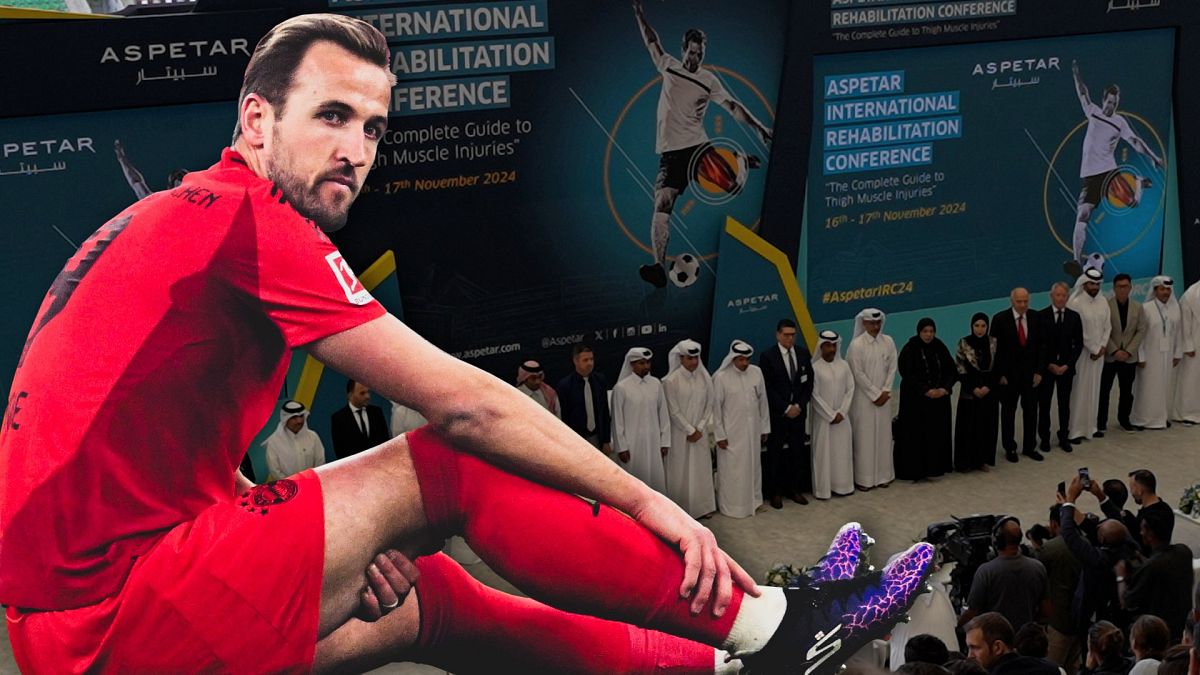The inside story onboard a rescue ship on a deadly migration route

In this episode of Witness, Euronews reporter Monica Pinna joins an NGO rescue crew whose mission is to save migrants’ lives in the Mediterranean Sea. This immersive report takes you behind the scenes of a rescue operation.
I have lived on Humanity 1 for eleven days. The German NGO SOS Humanity invited me on their rescue ship as record numbers of migrants attempt to reach European shores. My mission was to tell the story of a rescue from the inside. The stories of those who make it happen and those who flee.
There are thirteen nationalities of highly skilled professionals onboard. What brings them onboard?
“I have been travelling between borders since 2015 as a volunteer in the beginning.” Explains Italian protection officer Sara.
“After several years’ experience in Greece, on the border with Turkey, I felt the need to also better understand the central Mediterranean border. As an anthropologist, I think it is really important to take care of these people in a concrete way.” Sara continues.
Five days into our journey, we wake up navigating across the deadliest migration route towards Europe, the central Mediterranean route. This description comes from a report by the United Nations High Commissioner for Refugees (UNHCR), which says that one in six people who depart the shores of North Africa on small boats, do not survive their journeys.
We spotted a boat in distress two days later.
The crew rescued 57 people, mainly from Bangladesh. They had left Libya the night before the rescue.
Youssef, this is not his real name, has tried to reach Italy many times.
“My family and I thought about immigrating to Italy. We travelled in an 8 or 9-metre boat, but Libyan militias stopped us. They attacked the boat mercilessly. They rammed into us mercilessly. They took us to prison.”
This time Youssef left his wife and his children in Libya.
Since 2014, over 22,000 people have died or gone missing trying to cross the central Mediterranean route. This year, departures from Tunisia went up six-fold compared to 2022. Arrivals in Italy have skyrocketed, but more people are also dying.
“Since the beginning of the year, more than 2000 people have drowned in the Mediterranean Sea or went missing, a number that we haven’t seen since 2017.” Says the communications coordinator, Camilla.
SOS Humanity says there is a desperate need for an effective European program for search and rescue in the Central Mediterranean Sea. They point out that rescue operations suffered yet another blow in January 2023. The Italian Government imposed a new code of conduct on NGOs. Civil rescue ships are fined or detained if they carry out more than one rescue at a time and they are often assigned a distant port of safety for disembarkation.
“NGO ships are sent sometimes to ports 1,400, 1,600 kilometres away, which keeps us out of the area of operation for days on end.” Explains Camilla.
We travelled for four days across a thousand kilometers from the rescue location to the port of safety, Livorno.
In Europe, discussions about migrants often revolve around numbers. How many arrive, how many die… To me, they were only people carrying heavy burdens.
Some have travelled for years to get to this point.
Statistics say only a small number of those who arrive will manage to stay legally in Europe. Many will be sent back to square one, their departure point.
Humanity 1 is ready to leave again to rescue other migrants fleeing from poverty, war, and desperation. A never-ending cycle.
Journalist • Richard Cadey
Source: Euro News















